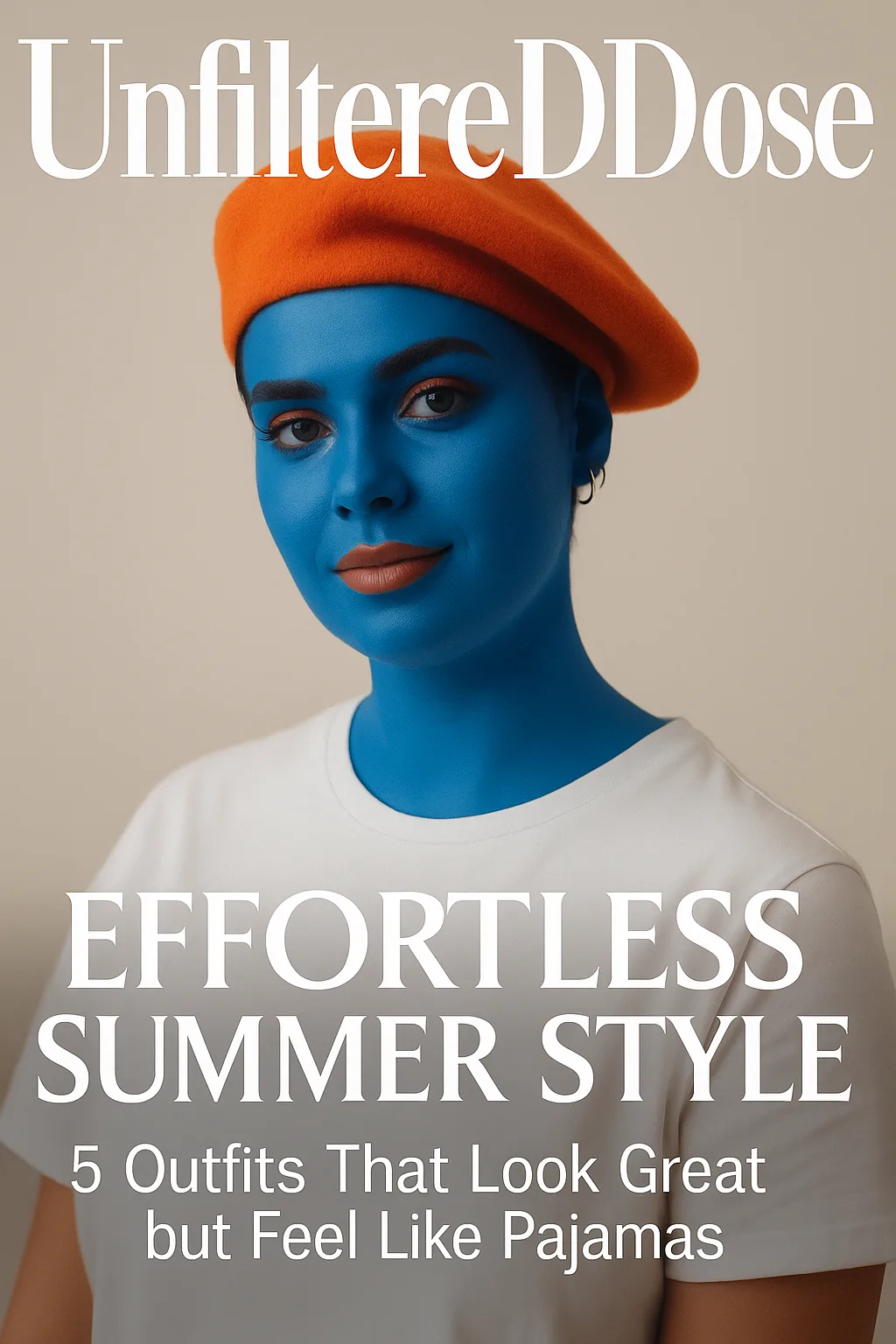Streaming Wars 2.0: How Social Media is Winning the Battle for Your Eyeballs (and Ad Dollars)
The battle for viewer attention has dramatically shifted as traditional streaming giants now compete directly with social media platforms for audience engagement and advertising revenue. What began as a competition between Netflix, Disney+, and other streaming services has evolved into a complex ecosystem where TikTok, Instagram, and YouTube are increasingly capturing the entertainment hours that streaming platforms once dominated.
Key Takeaways
- Netflix maintains market leadership with 260 million global subscribers, but faces intensifying competition from both traditional streamers and social media platforms
- Ad-supported streaming models have gained significant traction, with 84% of Peacock subscribers choosing ad-supported plans
- Social media platforms are becoming crucial content discovery engines where viral clips drive subscription sign-ups
- Data-driven personalization gives platforms competitive edge, with 55% of viewers preferring advertisements tailored to their viewing habits
- The entertainment industry is seeing a fundamental shift as digital media consumption increases to 4.2 hours daily, with mobile viewing growing rapidly
The Fragmented Streaming Landscape
The streaming services marketplace has become increasingly crowded and competitive. Netflix continues to lead with 260 million global subscribers, significantly ahead of Amazon Prime Video (175 million) and Disney+ (161.8 million). Other major players include HBO Max with 96.1 million subscribers, Paramount+ with 56 million, and Peacock attracting 40 million users to its ad-supported tier.
Market fragmentation has pushed the average household to juggle seven different subscriptions, creating both opportunities and challenges for providers. This has sparked intense price competition, with entry-level plans ranging from Apple TV+’s $4.99 monthly fee to HBO Max’s $9.99 offering.
Netflix’s recovery from its 2022 subscriber losses demonstrates how strategic content investments can drive growth. By focusing on niche genres and global content like the internationally successful movies and series that capture global audiences, Netflix has reinforced its market position despite the increasingly crowded field.
The Ad-Supported Revolution
Ad-supported models have emerged as a major revenue frontier for streaming platforms. The adoption rates tell a compelling story: 84% of Peacock subscribers use ad-supported plans, followed by Hulu (65%) and Paramount+ (58%). Even premium services like Netflix and Disney+ have embraced this approach, with Netflix’s ad revenue growing an impressive 43% year-over-year.
Consumer attitudes toward advertising have evolved, with 60% now accepting ads in exchange for lower subscription costs. This acceptance isn’t unconditional, however—26% of viewers specifically prefer relevant, non-intrusive ad formats that don’t disrupt their viewing experience.
Netflix commands premium advertising rates with CPMs (cost per thousand impressions) between $45-50, substantially higher than traditional television. This pricing power reflects the platform’s ability to deliver targeted advertising based on rich viewer data, making it particularly attractive to advertisers seeking precise audience segments.
Social Media: The New Entertainment Battleground
Social media platforms have become formidable competitors in the entertainment industry, challenging traditional streaming services for both viewer attention and advertising dollars. Netflix dominates social media mentions with a 60.4% share, largely driven by viral campaigns like the “MARY” trailer which generated an astonishing 57.9 billion impressions.
Among social platforms, TikTok leads with an engagement rate of 2.50%, significantly outperforming Instagram (0.70%) and Facebook (0.15%). This engagement advantage gives TikTok outsized influence on entertainment trends and viewing habits.
Weekly episode releases from streaming platforms now fuel real-time social media conversations, creating virtuous cycles of engagement. This strategy, exemplified by series like “The Boys” on Prime Video, extends viewer engagement periods and generates sustained social buzz—a stark contrast to the binge-watching model that originally defined streaming.
Social platforms increasingly function as content discovery engines where viral clips drive subscription sign-ups. The relationship between social media and streaming has become symbiotic, with innovative social media platforms driving awareness while streaming services provide the long-form content experience.
Data-Driven Personalization: The Competitive Edge
Data-driven personalization has become a decisive competitive advantage in the streaming wars. Research shows that 55% of viewers prefer advertisements tailored to their viewing habits, while 37% have canceled subscriptions due to poor ad experiences. This highlights how critical personalization has become to both user satisfaction and retention.
Dynamic ad insertion (DAI) technology enables real-time creative updates that respond to viewer contexts, boosting click-through rates by approximately 20%. Platforms leverage first-party data on device usage (with Smart TVs accounting for 55% of viewing), genre preferences, and household demographics to deliver targeted experiences.
The approaches to personalization vary significantly across platforms. Netflix employs sophisticated machine learning algorithms for recommendations, while Disney+ relies more heavily on franchise-based targeting that aligns with its library of established intellectual properties. These differences reflect each platform’s unique content strategy and technical capabilities.
Shifting Consumer Behaviors Reshape The Industry
Consumer behavior has fundamentally changed, with daily streaming consumption reaching 4.2 hours on average. Mobile devices now account for 27% of global viewing, reflecting the increasing flexibility consumers seek in their entertainment options.
The cord-cutting trend continues unabated, with 42% of U.S. households abandoning traditional TV in favor of streaming alternatives. Even live events, once the stronghold of conventional television, are migrating to streaming platforms, with 82% of viewers now preferring to watch sports and special events via streaming services.
Binge-watching, once the defining characteristic of streaming consumption, is showing signs of decline as weekly episode releases gain favor. This shift helps platforms extend engagement periods and build community discussions around content. The trend is particularly evident in how AI-driven recommendation systems increasingly favor episodic viewing patterns that maintain consistent engagement.
Subscription fatigue has emerged as a significant concern, with average household streaming costs increasing 24% to $47 monthly. This economic pressure is driving consumers toward ad-supported alternatives that offer lower direct costs in exchange for advertising exposure.
Measurement Challenges in Digital Media
Despite rapid growth, significant measurement challenges persist across the streaming ecosystem. Only 15% of advertisers fully trust streaming metrics, compared to 68% for social media platforms. This trust gap creates friction in advertising allocation decisions.
The shift away from linear TV is undeniable, with streaming platforms now claiming 45% of Disney’s upfront ad sales. However, the industry still lacks standardized cross-platform attribution models, creating challenges for advertisers seeking to understand the relative performance of campaigns across different media channels.
Fragmentation across more than 400 global streaming platforms creates measurement complexities that impede comprehensive audience understanding. Each platform uses proprietary metrics and measurement methodologies, making direct comparisons difficult.
Even established technology companies face challenges in this arena. Apple TV+’s late entry into ad technology despite hiring advertising sales leadership highlights the technical and strategic complexities involved in building effective measurement and monetization systems.
The Future of Media Trends
Looking ahead, several key trends will shape the future of the entertainment industry and advertising within it. Interactive and shoppable ad formats are gaining traction, driving 30% higher conversion rates for e-commerce brands compared to traditional formats.
Hybrid monetization models are emerging across the digital media landscape. Amazon Prime’s integration of shopping features directly into its content experience exemplifies this trend, creating new revenue opportunities beyond traditional subscription and advertising approaches.
Virtual and augmented reality integrations represent the next frontier for immersive advertising experiences, with early experiments showing promising engagement metrics. These technologies offer the potential for deeply contextual ad placements that feel native to the viewing experience.
Despite growing advertiser demand, ad inventory on premium streaming services remains relatively limited. This scarcity creates both pricing power for platforms and incentives for advertisers to explore innovative formats that maximize impact within constrained placements.
The industry continues to shift from demographic to behavioral targeting as standard practice. This approach allows for more precise audience segmentation based on actual viewing patterns and preferences rather than broad demographic categories, ultimately delivering better results for both advertisers and viewers.
Sources
Vocal Media – Streaming Wars 2.0: Who’s Winning in 2025?
AdAge – Streaming Services Advertising 2023: What Marketers Should Know
Market.us Scoop – Streaming Services Statistics
Loxias.ai – Analyzing Streaming Platforms in the United States
Los Angeles Times – How Netflix Held Onto Its Crown as King of Streaming
HighSpeedOptions – The State of Streaming
Mountain.com – Ad-Supported Streaming Will Continue Growing in 2025
P2Pi – How US Consumers Feel About Ads on Streaming Services
latest video
news via inbox
Nulla turp dis cursus. Integer liberos euismod pretium faucibua





